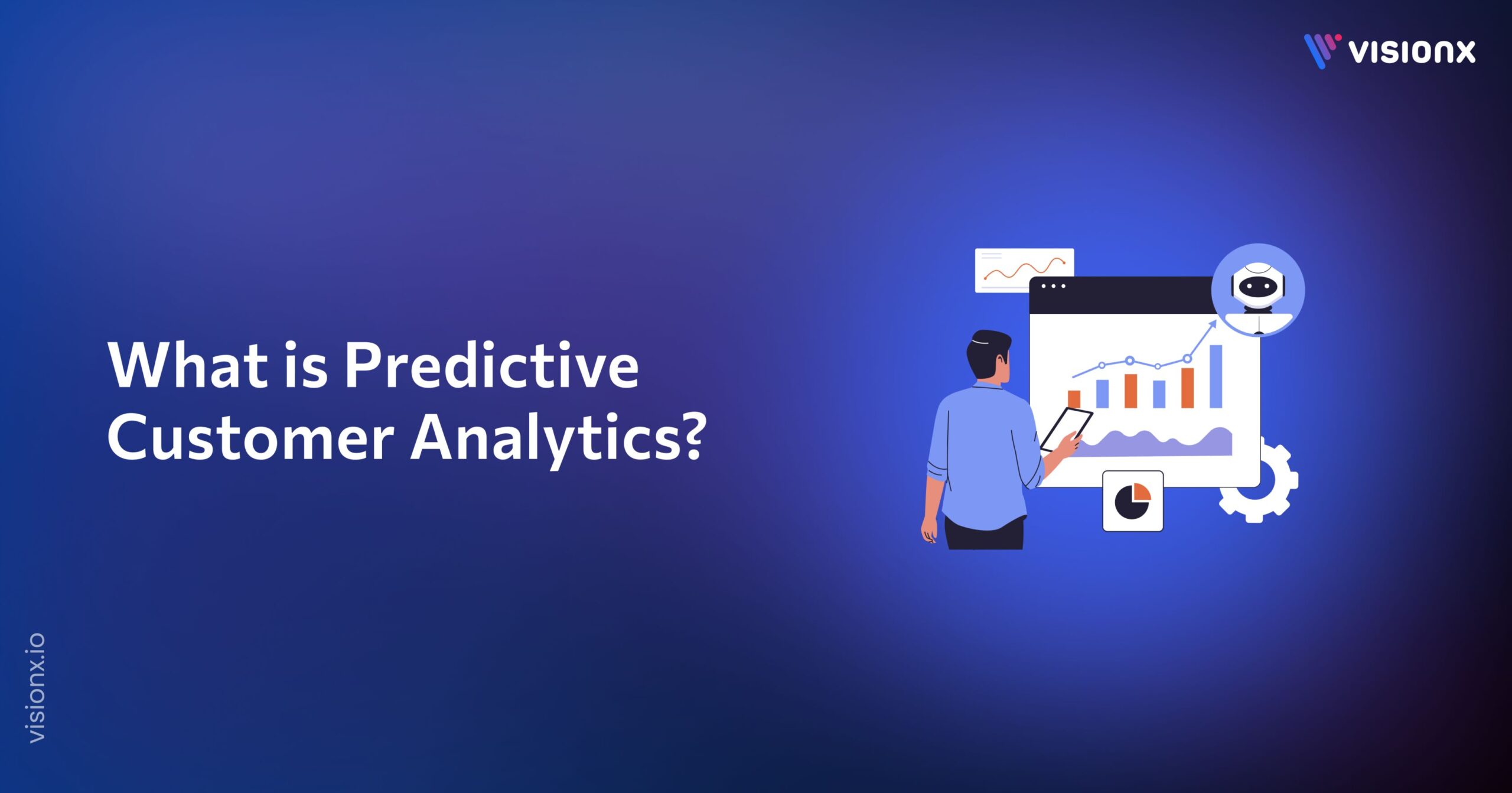Organizations face many problems in this age of business. They are expected to be better than their competitors despite the rising case of internal operational complexities. This has been one of the major concerns for most organizations lately.
Have any of these companies been able to improve processes within their four walls? They also find it hard to concentrate on breakthroughs or even running the business in a timely manner. The introduction of AI in business processes has been one of the key solutions to these problems. AI enables firms to optimize operations and increase the quality of decision-making processes.
This blog will help you discover how AI business integration can boost efficiency, enhance decision-making, and drive growth with simple steps, tools, and best practices for success.
What is the AI integration?
Integration of AI brings artificial intelligence technologies to most business processes and functions, including customer service, supply chain management, marketing, and data analytics. All these integrations unlock machine learning, natural language processing, and data analytics for businesses. It can automatically perform some tasks, analyze large datasets, and provide insights that could never be achieved before.
The objective is to use AI to enhance the company’s operational effectiveness. AI is also used to improve the customer experience and facilitate informed decisions. It can also significantly minimize operations and costs. It eliminates the tedious tasks that would require a person’s input otherwise. For instance, with the help of an AI-supported program, a chatbot can reply to its customers 24 hours a day.
While competition is on the rise, AI integration capability for making adaptable changes will be highly valued. It can help place a company at the top of the sector and lead to innovation and overall better performance.
Why is AI Business Integration Considered Important?
Given the growing odds for organizations to respond to environmental change and customer expectations, AI business integration is becoming a necessity for a number of factors:
- Greater Efficiency: AI has the ability to handle mundane processes automatically, thus allowing employees to conserve time and engage in more productive tasks.
- Better Services: Integrating AI into other platforms enables businesses to provide customized services to their consumers, thereby enhancing retention and loyalty.
- Cost savings: AI solutions will streamline processes and reduce errors, eventually saving businesses many costs in the long run.
- Competitive advantage: Organizations adopting AI are likely to innovate and adapt- a prime potential that puts them ahead of others in their line of operation.
Steps for Creating an Effective Integration Strategy
Establishing a purposeful integration strategy is a basic requirement for businesses planning to improve their operations, increase their efficiency, or respond effectively to market changes. Below are the key steps to have a clear integration strategy:
1. Define Your Business Goals
Begin by outlining what you look to achieve by integrating. Are you trying to clean up operations, enhance customer services, or get better insight into data? Knowing this will guide the approach and priorities for integration.
2. Audit Existing Systems
Analyze the systems and applications currently in use. Identify gaps or areas in need of integration, which will highlight critical points of integration opportunities. Identify complexity and compatibility requirements with others to exclude possible roadblocks to integration.
3. Define the Scope and Purpose
Define the scope, purpose, and expected outcomes of the integration initiative. State the types of data to be integrated along with any geographic or organizational boundaries that may need to be taken into account. Ensure the outcomes are measurable and meet business objectives.
4. Identifying Stakeholders
Engage with stakeholders across the organization in discussions around their needs and expectations of what they want and what they hope to gain from integration, ensuring alignment and addressing concerns as soon as possible.
5. Choose the Right Method of Integration
Now, choose an appropriate method of integration based on your analysis. Integration options might include service-oriented architecture, data integration, application integration, or even cloud-based solutions. Each of them has its strengths and weaknesses with regard to your business needs.
6. Develop a Governance Framework
Develop a governance framework during the integration process to oversee data security, privacy, compliance, and overall quality. Define policies and standards regarding access and retention of data that will ensure data compliance with the law.
7. Integration Architecture
Develop a system design plan for data flow among systems, with data models, schema, and integration patterns. Include data cleansing and standardization processes for consistency in all the integration of systems.
8. Develop a Highly Elaborate Implementation Plan
Create a comprehensive roadmap for implementing the strategy. Break down tasks into smaller,easier-to-manage tasks, such as data mapping, system configuration, and actual data integration processes (e.g., ETL development). Include timelines, responsibilities, resource requirements, and benchmarks for progress monitoring.
9. Test and Deploy
Before full deployment, test integrated systems to ascertain the problems or inefficiencies that may be present. Such a step is important in determining if each and every component works well without throwing a wrench into business operations.
10. Monitor and Iterate
Mechanisms should be established to monitor integration performance continuously. There is a need to collect feedback and assess KPIs related to the quality of data and system efficiency. On that information, one could then make ongoing adjustments through improvements to ensure that the strategy is improving according to changes in business needs.
Benefits of AI Business Integration
The application of Artificial Intelligence (AI) – cutting-edge Technology today – in business operations comes with numerous benefits that can improve efficiency, enable effective decision-making, and improve customer service. The benefits of the AI business integration are as follows;
Enhanced Risk Management and Prevention of Fraud:
AI systems are very good at detecting abnormal behavior in data patterns, which is useful for preventing fraud and mitigating risks in real-time. Over 80% of corporates have adopted AI in these areas, and security levels are up across all industries.
Higher Productivity:
While AI often handles time-consuming or monotonous work functions, human resources are put into more useful and strategic ventures. This means that there are no bottlenecks in the flow of work, and therefore, the rate of work done is effective. It has been established that organizations with such systems can enjoy a 20-30% increase in operational efficiencies.
Improvements in the Speed of Business Processes:
AI speeds up processes within the business, thus lessening the length of time taken to transit between processes, for instance, from designing a product to commercializing it for profits.
Reduction of Human Error:
AI systems reduce errors due to manual task handling to almost zero, leading to better-quality deliverables. Unlike human supervision, this is very useful in tasks like financial reconciliation, where AI systems perform with almost no mistakes.
New Business Models and Innovation:
AI introduces new business models and the chance for innovation. Companies are in a position to identify new revenue streams by using data analytics and insights generated by an AI system.
Challenges of AI Business Integration
While AI business integration offers significant advantages, it also comes with challenges:
- Data Quality: The quality of the data can be a limiting factor in AI effectiveness, so there is a need to invest in data management practices.
- Change Management: Employee resistance to change will delay the integration process, and clear communication and training are greatly important for this.
- Gaps in Skills: The group might lack the skill and expertise in talent to best implement and manage AI technologies.
- High Initial Investment: Some of the tools and maybe even the training for the AI may require a huge initial investment.
Best Practices of AI Business Integration
Here are five essential best practices for AI Business Integration:
Choose the Appropriate Technology
Choose AI technology that best suits your business’s needs. Conduct research and seek industry expertise for solutions meant to fill this organization’s gaps and enable improvements in operational capabilities.
Ethical Consideration
Knowledge about any ethical considerations in the use of AI is essential. Secondly, the AI tool one chooses should respect the user’s privacy, comply with data protection regulations, and, in its judgment decisions, must be transparent enough for stakeholders’ trust.
Foster Collaboration
Establish a culture whereby AI is seen as augmentative to human strengths rather than a replacement for them. Staff members can provide comments on what they think regarding AI tools, which might serve to refine further and adopt them.
Follow Trends
There is rapid growth and development within artificial intelligence. Therefore, it is imperative to keep abreast of new growth. Ensure your team is continuously trained through the following courses and workshops on how to adjust to the changing technology and methodologies.
Long-term AI Governance
Institute a governance structure describing how AI would be handled within the organization. This is not only a policy on usage but also an ability to monitor performance and adherence to standards of ethics over time.
Tools and Technologies Used for AI Business Integration
Several tools and technologies can aid in AI business integration, including:
- Machine Learning Platforms: Anyone who would like to build or run a machine learning model uses tools such as TensorFlow, Pytorch, etc.
- Natural Language Processing Tools: Solutions such as IBM Watson and Google Cloud Natural Language processing can understand and analyze human language.
- Data Analytics Platforms: Tableau and Microsoft Power BI will allow organizations to visualize and make sense of data.
- Automation Software: Platforms, such as Uipath and Automation Anywhere, focus on using AI to eliminate mundane jobs.
Summary
In the present era of cutthroat competition, AI business integration has become paramount for organizations wishing to flourish. Businesses can prepare themselves for success by understanding the concept of AI Integration and its importance, following some steps to formulate a proper plan, and knowing the advantages and disadvantages of such integration.
The adoption of best practices and the right tools will improve the integration process, thereby improving efficiency, enhancing decision-making, and increasing competitiveness. As you prepare to integrate AI into business, it is paramount to understand that the benefits of AI can only be optimally utilized if the organization has an ever-evolving attitude.


